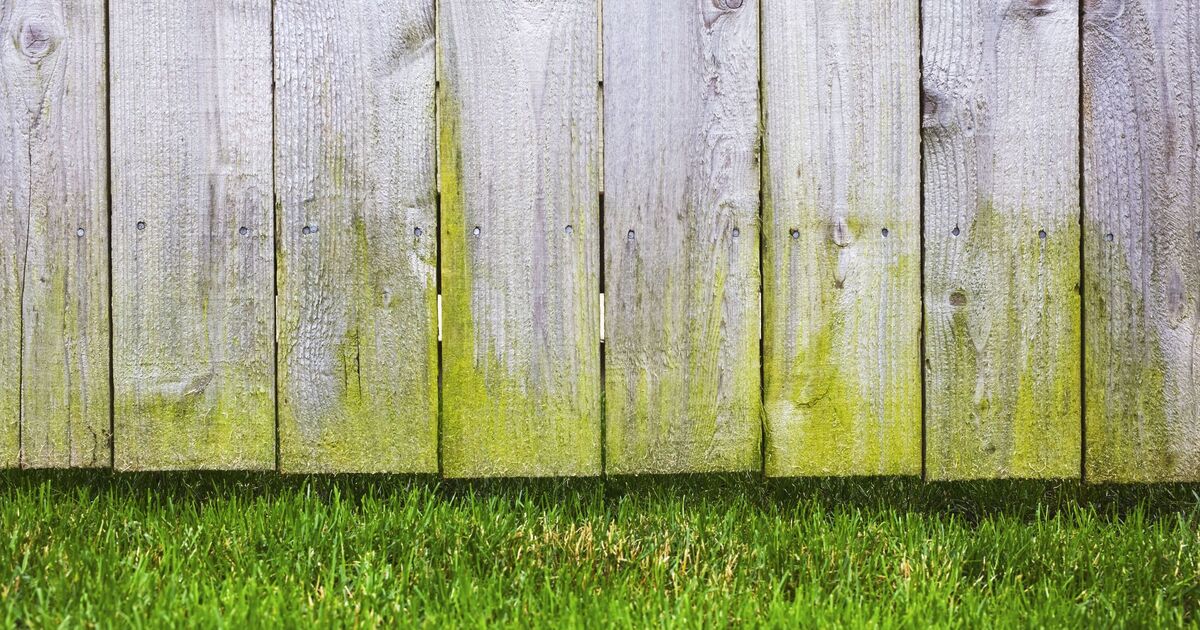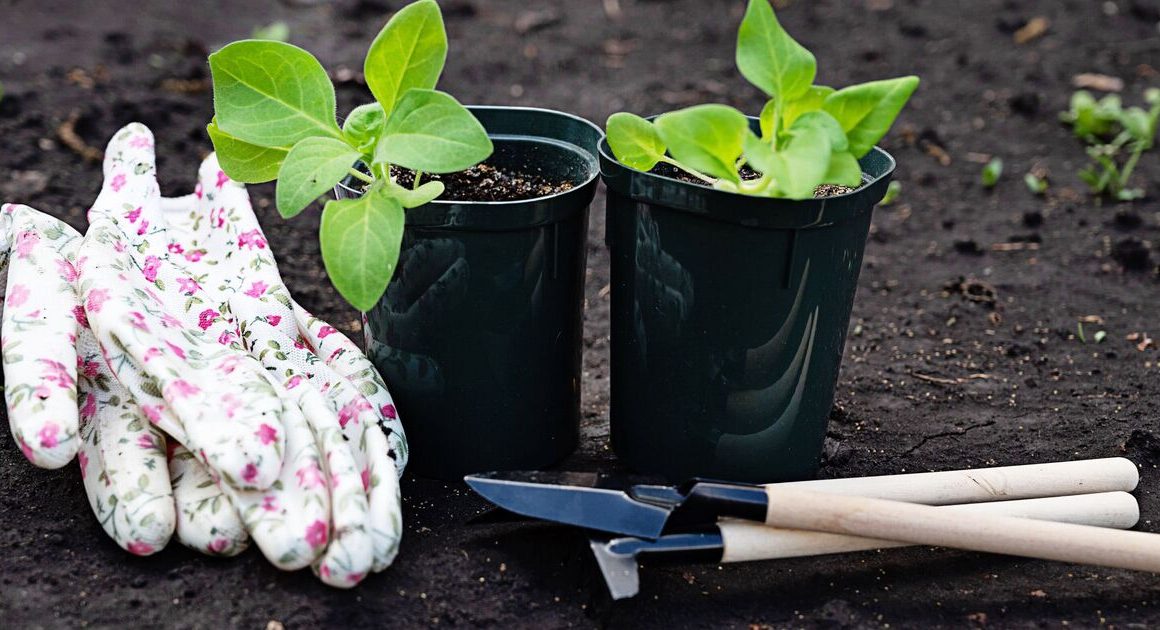Not only can algae be unsightly, but it can also damage the integrity of your wooden fence over time, leaving it vulnerable to the elements.
Algae is a green, sometimes slimy organism that loves damp, shaded areas. It can accumulate on garden wooden fences due to excess moisture, lack of sunlight, and organic matter buildup.
Removing algae from a wooden fence may seem daunting, but with the right tools and a little elbow grease, you can restore your fence to its original state.
There are only two key ways to properly remove green algae from fence panels: cleaning agents and force.
You can use different variants for each of these two steps depending on your personal preference; however, the two key steps remain the same.
To remove algae, the experts at Freedom Fence noted that while bleach can be used, there are other options that “work just as effectively”.
For small areas of algae build-up on fences, vinegar or baking soda can be used. However, for larger and more stubborn areas, a different natural item should be your go-to.
The pros said: “For extra-tough algae spots, hydrogen peroxide can be used. It’s a strong yet eco-friendly alternative to harsh chemicals to get rid of algae for good.”
For this method, start by removing any debris such as leaves or dirt from the fence. This will make the cleaning process easier and prevent further algae growth.
Mix one part hydrogen peroxide to one part water in a bucket and use a sponge or brush to apply the cleaning solution directly onto the algae. Make sure the wood is saturated, especially in areas with heavy growth. Leave for 10 to 15 minutes.
Using a scrub brush, gently scrub the algae off the wooden surface. Scrub in the direction of the wood grain to avoid damaging the fence.
Once you’ve scrubbed the fence, use a garden hose to rinse the area thoroughly. Ensure no cleaning solution is left behind, as it can leave residue.
Allow the fence to air dry. If possible, let sunlight reach the fence to help dry it faster and discourage algae regrowth.
By doing this, the experts claimed that you can keep your wooden fence looking “clean and algae-free for years”.











